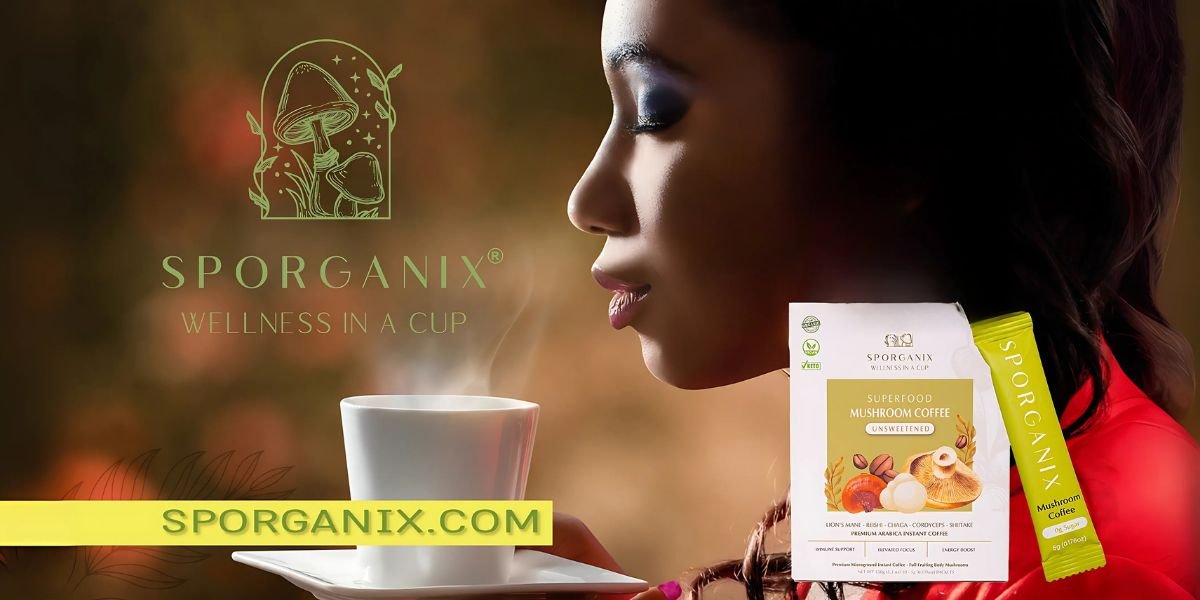By: Sam’s Caribbean Marketplace
A good meal can bring people together, but a Caribbean meal? That brings generations, stories, and whole histories to the table. Today, Caribbean flavors aren’t just making occasional appearances in trendy restaurants or YouTube cooking tutorials. They are becoming more frequently recognized as permanent fixtures in kitchens across the country. Getting a taste of the islands without hopping on a flight has been made that much easier by specialty stores like Sam’s Caribbean Marketplace, which has quietly become one of the most well-known names in the journey from memory to meal, both online and in-store.
What began in 1993 as a modest family shop in Long Island has grown into something much larger: a cultural anchor, a culinary bridge, and for many, a reminder of home.
From Corner Store to Cultural Connector
Caribbean presence in the U.S. isn’t new, but the unique fusions of flavors, spices, and traditional items have only more recently begun receiving the recognition and appreciation they deserve on a broader scale. Dishes like jerk chicken, curry goat, and ackee and saltfish, which were once enjoyed in neighborhood enclaves and family potlucks, have gradually stepped into the spotlight. However, this evolution didn’t happen overnight.
It’s the result of families passing down recipes, small shops keeping hard-to-find ingredients in stock, and places like Sam’s Caribbean Marketplace doing the quiet, consistent work of showing people that these flavors matter.
When Sam’s first opened its doors, it wasn’t part of a national food movement. It was a leap of faith taken by two Jamaican immigrants, Andrew and Jean Morris, who simply wanted to make life a little more familiar for the Caribbean community they served. There was no blueprint, just the determination to make products like Scotch bonnet pepper sauce, coconut milk, and Caribbean curry accessible to the people who needed them most.
Now, decades later, what once felt like a niche offering is slowly crossing cultures, drawing curiosity, and winning hearts beyond the islands.
A Changing Appetite
It’s not just Caribbean families reaching for pimento or green seasoning anymore. Across the U.S., there’s a growing interest in bold, honest flavors. Younger generations, particularly Millennials and Gen Zs, are skipping over bland and reaching for something that tells a story. Caribbean food, with its deep roots and vibrant personality, fits that craving perfectly.
Much of this shift is happening in the home kitchen. Social media has turned the spotlight on traditional dishes, cooking shows are showcasing global recipes, and home cooks are more adventurous than ever. But the secret ingredient to any authentic experience isn’t just the recipe—it’s having access to the right components. That’s where Sam’s plays a key role. Through its website and nationwide delivery, even those far from Caribbean neighborhoods can explore new flavors without sacrificing authenticity.
More Than Just Food
Caribbean food carries a sense of place that’s hard to replicate. It’s Sunday afternoons with family. It’s a reminder of a grandmother’s kitchen, or the scent of spices on a street corner back home. Every dish has layers—not just of flavor, but of meaning. The warmth of callaloo isn’t just in its texture, it’s in the memory it stirs. Curry goat isn’t only about heat and spice—it’s about resilience and fusion, carrying traces of Indian, African, and European heritage.
Cooking Caribbean food in America has often meant improvising. Ingredients were hard to find. Recipes had to be adjusted. But those limitations also sparked creativity, and now, as authentic ingredients become easier to access, the door is open for even more people to join the tradition. It’s not about perfection. It’s about honoring the intention behind the dish.
Cooking Without Borders
For the home cook, Caribbean food doesn’t have to be complicated or intimidating. In fact, one of the reasons it’s becoming more popular is that it invites experimentation. You don’t need a passport or a Caribbean heritage to enjoy a good pepper shrimp or coconut rundown. What you do need is curiosity—and a little help sourcing the real stuff.
That’s what makes Sam’s Caribbean Marketplace such a quiet but crucial part of this culinary wave. It’s not just a store; rather, it’s a resource, a reminder, and a reassurance that someone out there still cares whether your jerk rub is the right kind of spicy. Whether you’re seeking bun and cheese for Easter, or just want to try something new for dinner, it helps to have a guide that knows where these flavors come from—and why they matter.
The Sam’s Difference
Sam’s Caribbean Marketplace isn’t a brand born in a boardroom. It was born in a family kitchen, built on memory, risk, and a deep love for culture. Andrew and Jean Morris didn’t open a store to chase a trend. They opened it to serve a community, long before Caribbean food was Instagram-famous or featured in glossy magazines.
The store has since grown to serve customers across the country and in Jamaica, but it still holds on to its original spirit. It’s the kind of place where people ask for recommendations not just because they want to cook something, but because they want to get it right. That level of trust doesn’t happen overnight. It’s earned over years of stocking the right hot sauce, knowing the difference between green banana and green plantain, and showing up for customers like family.
Rooted in the Past, Feeding the Future
Caribbean cuisine in America is no longer just a regional curiosity; it’s becoming part of the national flavor. And it didn’t arrive in a flash. It arrived meal by meal, family by family, one lovingly baked Jamaican beef patty at a time.
In every stage of that journey, there have been people and places making sure the flame stayed lit. Sam’s Caribbean Marketplace is one of those places. It continues to remind us that food isn’t just nourishment—it’s identity, joy, connection, and legacy.
And as more American kitchens discover what Caribbean kitchens have known for generations, one thing is clear: this food is here to stay. It’s just getting started.






